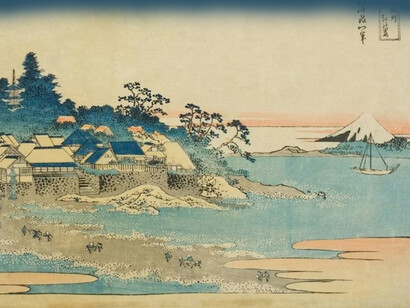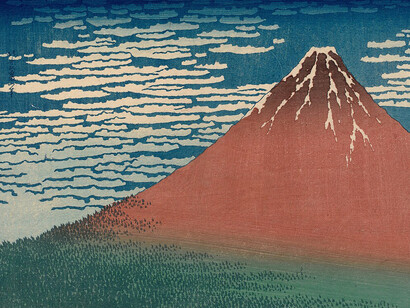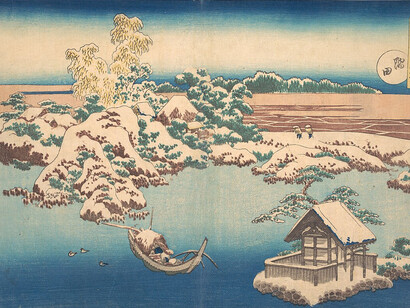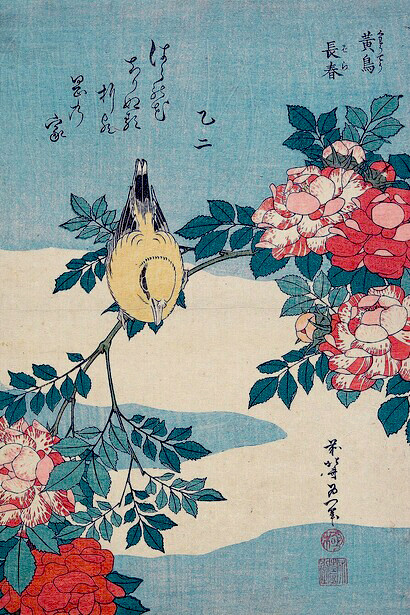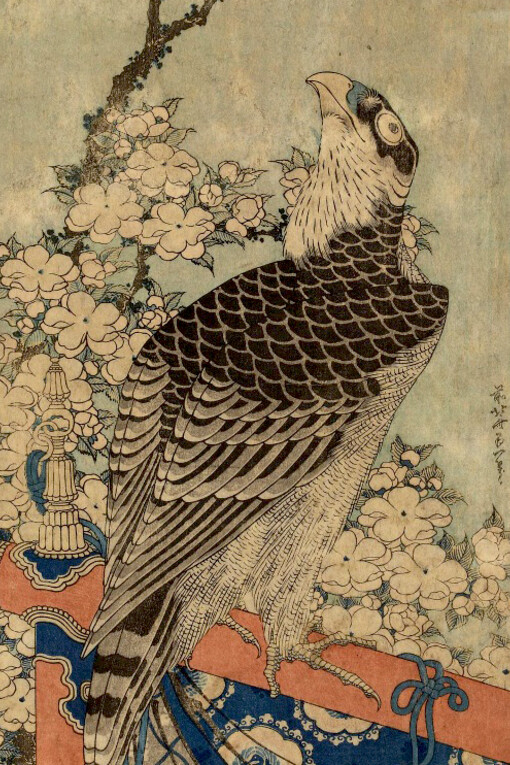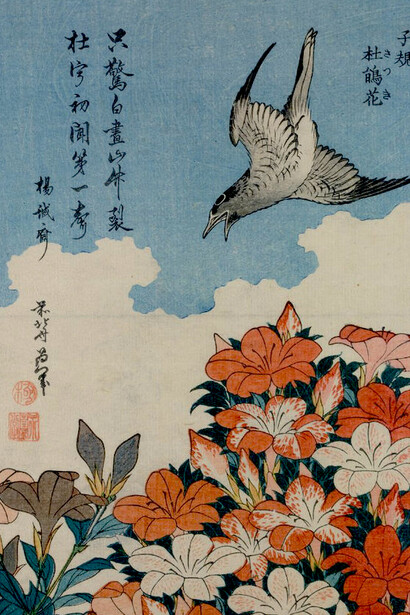This exquisite print, a masterpiece of ukiyo-e, never fails to captivate with its vibrant hues and intricate details. The moment I first encountered it, I was swept away by the tumultuous roar of the ocean, a wave rising high above the distant Mount Fuji, creating a stark contrast that ignited a profound curiosity within me about the awe-inspiring world of Japanese culture, art, and cuisine. The energy of the wave, so alive and dynamic, seemed to speak to a deeper narrative of resilience and beauty amidst chaos, leaving me in a state of wonder and awe.
As I began to explore this rich tapestry further, I found myself immersed in a historical journey that led me to discover the elegance of traditional Japanese art forms. The delicate process of ukiyo-e woodblock printing fascinated me, each layer revealing not just images but the essence of fleeting moments captured in time. I delved into the graceful strokes of Japanese calligraphy, which perfectly embody the essence of simplicity and beauty, reflecting the philosophy of appreciating transience.
My journey, inspired by this print, led me on an exploration of Japan’s vast landscapes, from the tranquil, Zen-like temples of Kyoto, adorned with cherry blossoms, to the vibrant, bustling streets of Osaka, alive with energy. Each destination unveiled a unique cultural tapestry enriched with history, tradition, and art. In Kyoto, the calmness of the golden Kinkaku-ji temple allowed for moments of reflection, while the electric atmosphere of Dotonbori pulsed with a mix of modernity and tradition.
Eager to delve deeper, I immersed myself in the art of sushi-making. I learned not just the techniques, but also the philosophy behind each perfectly shaped piece, the harmony of flavours, the significance of presentation, and the respect for the ingredients. Each roll I crafted was a meditation, connecting me to ancient traditions, while experimenting with these recipes at home became a joyful exploration of culture through culinary artistry.
Through this journey, the profound beauty of Japan's intricate traditions and philosophies became a constant source of inspiration. I felt a deep connection to the narrative threads woven into every aspect of Japanese life, the understanding that beauty often lies in the ephemeral. This exploration brought me immense joy and a sense of profound fulfilment, inspiring me to delve deeper into the rich tapestry of Japanese culture.
Focusing on the life of the renowned artist Katsushika Hokusai, born in Edo (now Tokyo) in 1760, added another layer to my understanding of this cultural richness. Hokusai's background was as fascinating as his work; the son of a mirror maker to the shogun, he began his artistic journey at a tender age. By six, he was already painting, and by 12, his talent was nurtured in a bookshop, leading him to become an apprentice engraver by the age of 16. Under the tutelage of the esteemed Katsukawa Shunshō, Hokusai began to develop his own distinct style, blending traditional Japanese aesthetics with inspirations from Chinese and later, Western influences. This connection to Hokusai's life and work made me feel more engaged and involved in the exploration of Japanese art and culture.
Hokusai's career blossomed when he first gained recognition in 1804, creating a monumental drawing of the Buddhist monk Daruma for a festival in Tokyo. His artistic genius shone through in his publications, including the ground breaking 'Quick Lessons in Simplified Drawing', a guide that made art more accessible to the general public, and a series of manga volumes that captivated audiences with their whimsical and insightful illustrations of everyday life.
By the late 1820s, Hokusai had achieved widespread acclaim with his iconic series' Thirty-six Views of Mount Fuji', a celebration of nature's beauty juxtaposed against human existence. This series, which depicted Mount Fuji from various perspectives and in different seasons, resonated so deeply with the public that he was compelled to add ten additional prints, each one an artistic testament to his reverence for the majestic mountain.
Hokusai's legacy, rooted in his humble beginnings and extraordinary journey, continues to inspire awe and admiration, just as "The Great Wave off Kanagawa" does. His life, filled with relentless creativity and innovation until his passing at the age of 89 in 1849, serves as a powerful reminder of the enduring impact of art and the profound connections it can forge within us all.
Let's discuss the three most important elements of this print.
Mountain
Mount Fuji, with its majestic snow-capped summit, rises dramatically in the background, serving as the very heart of the Thirty-six Views of Mount Fuji series. In The Great Wave off Kanagawa, Mount Fuji is rendered in calming shades of blue, accented with shining white highlights that echo the formidable wave in the foreground. The dark clouds enveloping the mountain evoke a sense of early morning, as the sun gently illuminates the snowy peak. Towering cumulonimbus clouds hover between Fuji and the viewer, often signalling storms; yet no rain falls in this scene, enhancing the tranquil yet powerful atmosphere.
Boats
The scene presents three oshio boats, caught precariously amidst the tumult of the waves. The sailors struggle valiantly against nature's overwhelming forces, their determination palpable. Each figure is rendered with meticulous care, underscoring their vulnerability against the might of the great wave. The boats symbolise the resilience of the human spirit, navigating the storms of life while holding fast to hope amid chaos. The striking contrast between the boats and the wave delivers a powerful message about perseverance and highlights the profound harmony that exists between humanity and nature.
Sea and waves
At the heart of this composition is the sea, which is shaped like a wave spreading out to fill the entire scene before crashing. As the wave breaks, it forms a perfect spiral, with its centre aligned to the design's centre, revealing Mount Fuji in the background. The image is composed entirely of curves, with the water's surface flowing seamlessly from the curves within the waves. The foam of the large wave generates smaller curves, which are then divided into numerous tiny waves that echo the shape of the original large wave.
"The Great Wave off Kanagawa" was first published in 1831, and as I reflect on its significance, I realise how it marked the beginning of my journey into Japanese culture. I never imagined that someone from a small town in Hungary would traverse such distances to witness the beauty of a world so different yet so inspiring. To me, this magnificent blue wave symbolises resilience, a reminder that no matter how high the waves of challenges may rise, perseverance will guide you toward your dreams.


